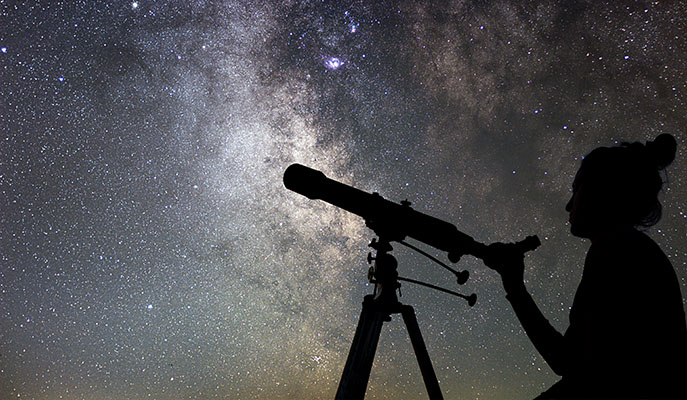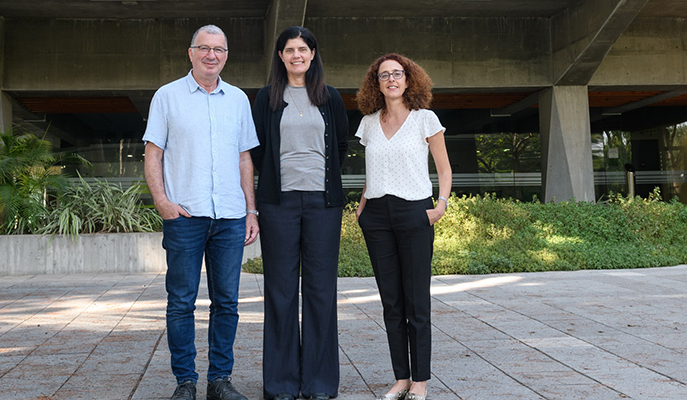Are you a journalist? Please sign up here for our press releases
Subscribe to our monthly newsletter:

An international conference on “Promoting gender equality in physics: Barriers and opportunities,” was recently held at the Weizmann Institute of Science. Physicists – women and men – from around the world were joined by social scientists in the workshops and discussions, each bringing their own views to ways of solving the gender imbalance in the sciences in general and physics in particular.
Prof. Yossi Nir, a former Dean of the Weizmann Faculty of Physics and one of the conference organizers, welcomed the participants with a reflection on his own awakening to the issue of gender in physics: “It took fifty-four years from the time that the Faculty of Physics was founded for the first woman to be accepted to a tenure-track position.”
In an attempt to understand the issue, Nir turned to Dr. Meytal Eran Jona, a sociologist. The study they undertook received a research grant from Israel’s Ministry of Science: “the first time a grant was awarded the Weizmann Institute of Science for sociology research,” says Nir. The numbers told an interesting story: 38% of high school students who study for the advanced physics exams are girls; only 20% of undergraduate physics majors are female and women make up only 6% of physics researchers in the country. There are, however, 11 women on the tenure-track in Israeli physics faculties.
“We may need to change some of our regulations and student selection processes,” says Nir. “The more women we have in top positions, the more role models there will be for girls who might choose a career in the field.”

Prof. Marta Losada, one of the workshop participants, is Dean of Science at New York University (NYU) Abu Dhabi. A physicist who was born and raised in Columbia, she gave an overview of the physics gender balance in Latin America.
The fact that Israel is a small county could work to its advantage in solving the gender imbalance problem
By the time Losada was 15, she knew she wanted to be a physicist. She was undeterred by the fact that she was the only female in her undergraduate studies in Colombia, and she went on to complete her doctorate at Rutgers University and postdoctoral research in the European Particle Physics Laboratory, CERN, near Geneva, Switzerland. At CERN, Losada became involved in the ATLAS project, and not long after, she served as President of Universidad Antonio Nariño (UAN) in Colombia. When she finished her term in Colombia, she was invited to NYU, Abu Dhabi.
“The city is very modern, and the students there come from 120 different countries. Their tuition and living expenses are covered by the government. My job, as Dean of Science, is to develop the scientific research infrastructure. The majority of students are female, and, in addition to me, there is a female vice president – a sign that things may be moving in the right direction.”
Losada thinks that the fact that Israel is a small county could work to its advantage in solving the gender imbalance problem. She has a special relationship with the Weizmann Institute of Science – she has collaborated in her research with Prof. Yossi Nir, and she hopes to continue doing so in the future. “The Institute is a great place to do science. The students are outstanding, and I’m always happy to come here.”
The conference organizers were Prof. Yossi Nir, Dr. Meytal Eran Jona, Prof. Nirit Dudovich, and Prof. Avishay Gal-Yam of the Weizmann Institute of Science, and Prof. Marika Taylor of the University of Southampton.